
The Enigmatic Pilgrim at the Magic Door of the Palace of Palombara
In the heart of the Esquiline Hill in Rome, third century AD Emperor Licinius Gallienus enjoyed the tranquility of the Horti Liciniani, a luxurious complex of ancient Roman villas with large gardens and outdoor rooms originally built in the first century BC. By the mid-17th century, the impressive Villa Palombara, home of Massimiliano II Savelli, Marquis of Palombara (1614-1685) occupied this land. The romantic vine-covered remains and buried Roman statues among the rubble and ruins of the erstwhile gardens painted the Esquiline landscape with a nostalgic magic.
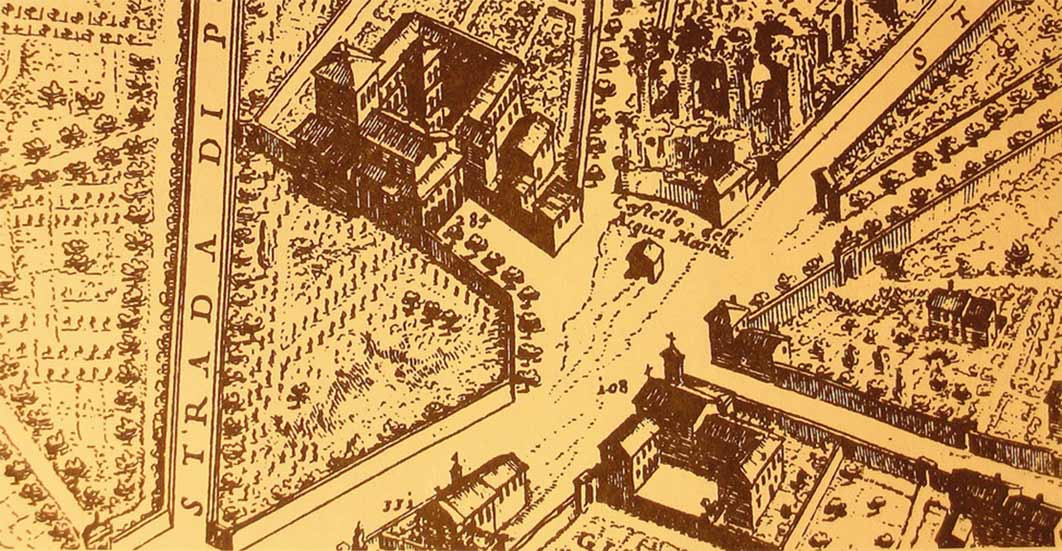
The Villa Palombara opposite the Nymphaeum of Alexander in a map engraved by Giovanni Battista Falda (1676).(Public Domain)
From his basement laboratory, built in 1653 to pursue his alchemic interests, the Marquis of Palombara could gaze upon the ruins of the Nymphaeum of Alexander also erroneously called Trophies of Marius. The laboratory was accessed through a secondary portal, called the Magic Door, which sadly is all that remains of that magic palace today, since it was all demolished in 1880, to make way for the construction of the Piazza Vittorio Emanuele II.
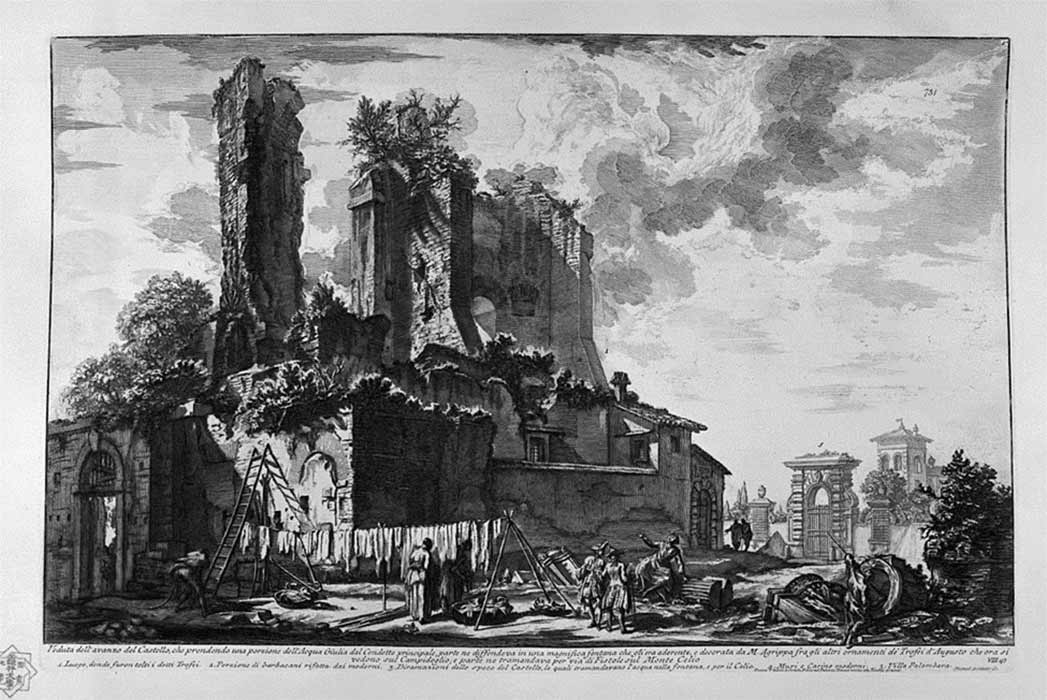
Engraving of the Nymphaeum of Alexander by Giovan Battista Piranesi (1772) (Public Domain)
Academia Dell’ Arcadia
But should one step through that magic portal and return to the mid-17th century one would find the patrons who frequented Villa Palombara might resemble a modern Mensa meeting, for the Marquis of Palombara was a founder member of the Academia dell’ Arcadia (1656), a literary circle formed under the patronage of Queen Christina of Sweden, who had abdicated the Swedish crown in 1654, converted to Catholicism, and taken up residence in Rome. Joining the Queen and the Marquis in the alchemic quest were the likes of Athanasius Kircher (1602 - 1680); Francesco Maria Santinelli (1627 - 1697); Giovanni Domenico Cassini (1625 -1712) and an enigmatic pilgrim.
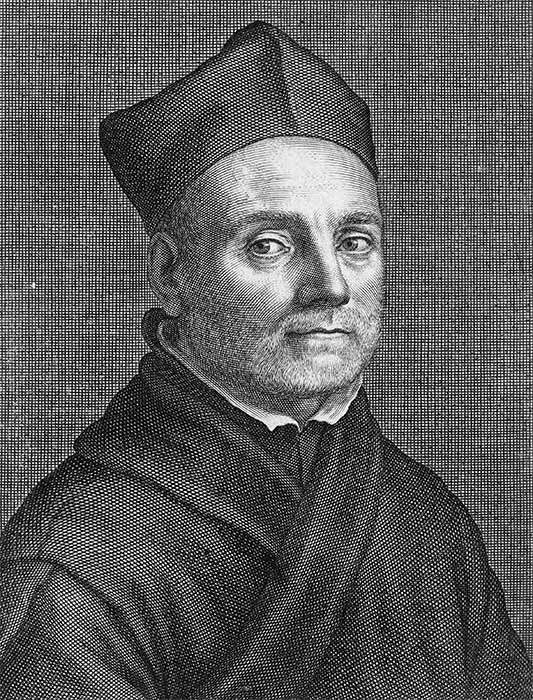
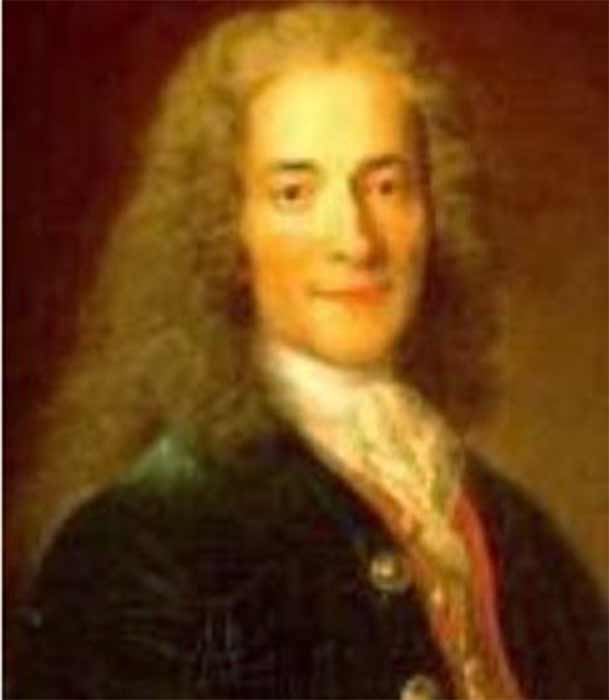
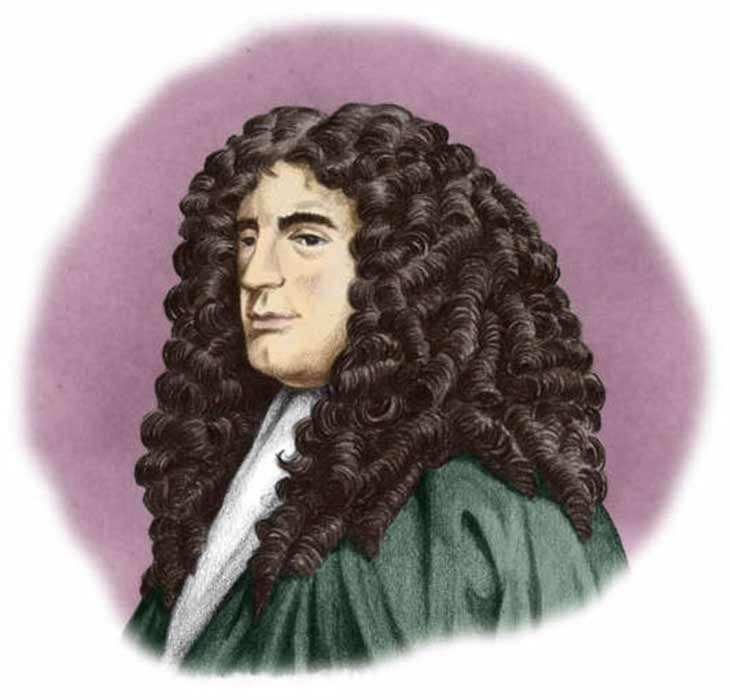
Athanasius Kircher (1602 - 1680) (Public Domain); Francesco Maria Santinelli (1627 - 1697) (Public Domain) Giovanni Domenico Cassini (1625 -1712)(Public Domain)
One can just imagine the Marquis in his laboratory among curious alembics noisily bubbling and distilling various liquids, paging through dusty scholarly tomes, scrutinizing lost parchments, and discussing his experiments to transform lead into gold with his peers. It is conceivable, however, that they also approached alchemical research from a more spiritual point of view, aimed at the transformation of the human being, transcending his earthly experiences in pursuit of spiritual asceticism.




